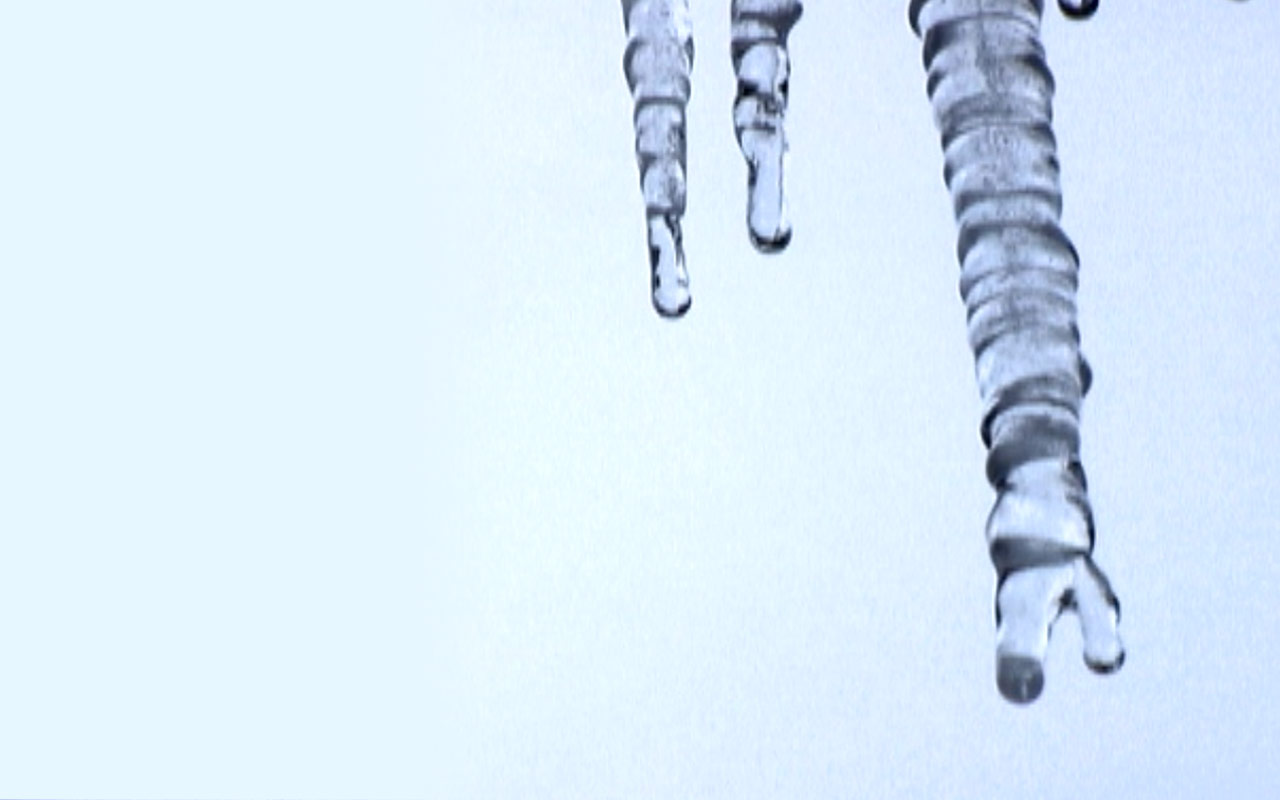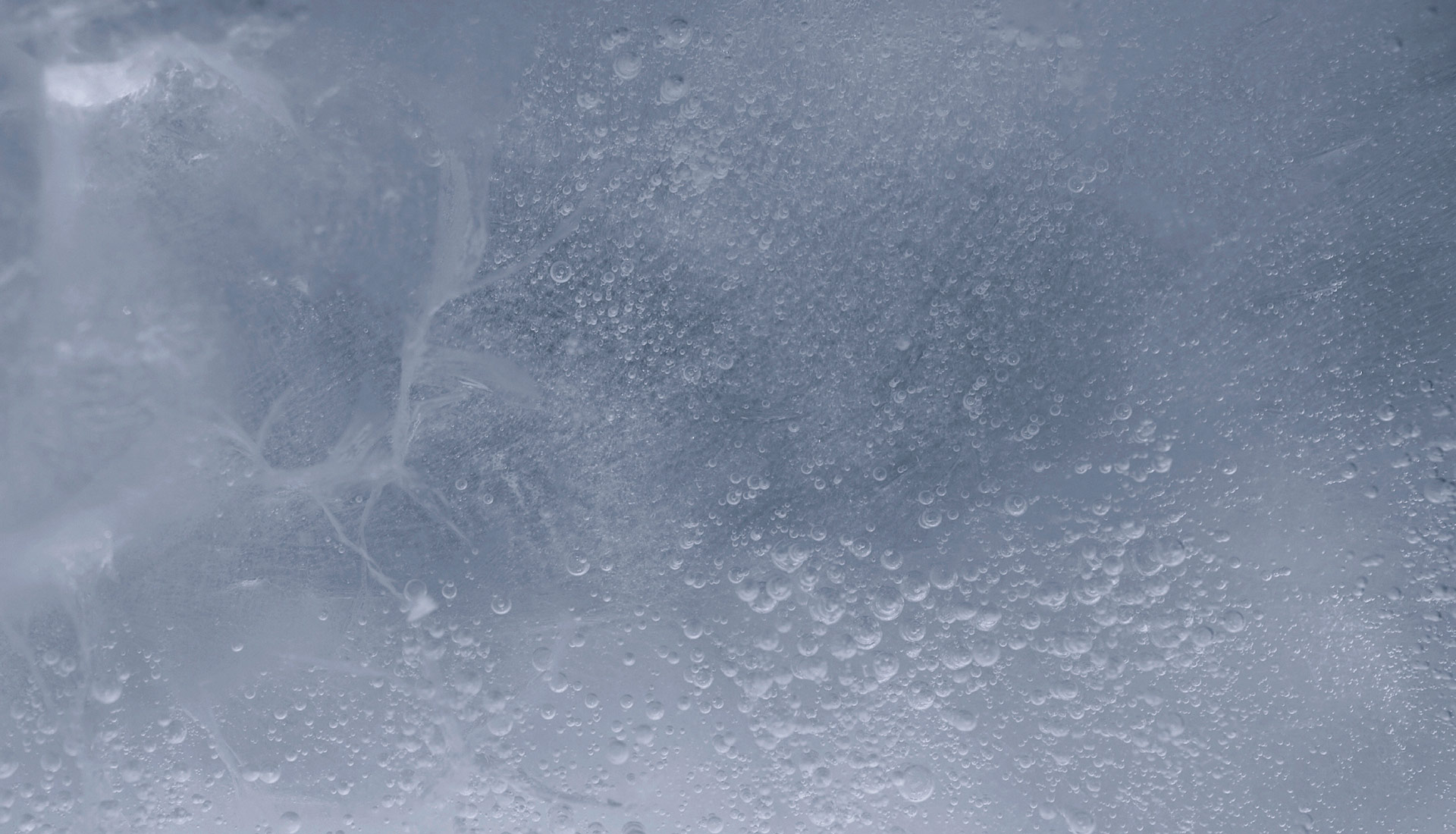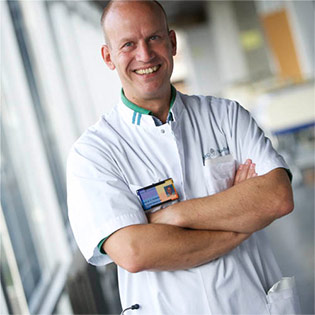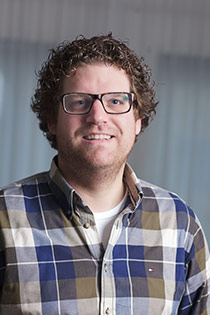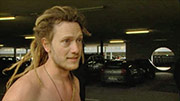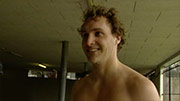The Iceman
From circus act to scientific breakthrough
Scientific literature said it was impossible, but Radboudumc researchers have now proven that it is possible voluntarily to influence both the autonomic nervous system and the immune system
In 2011 the same researchers monitored the response of Iceman Wim Hof's body to an endotoxin injection as he performed the techniques he had developed himself. It turned out that he produced half the amount of inflammatory proteins healthy volunteers did who did not master his method. Moreover, he hardly showed any influenza symptoms. It seemed that he could suppress his immune response through the autonomic nervous system. But since one finding in one individual does not constitute scientific evidence, the scientists decided to do a follow-up study. For that reason, in 2013, studies were performed on a group of young, healthy, male volunteers: and, indeed, it turns out they are able to influence both the autonomic nervous system and the immune system.
Chapter 2 Hof's story
Wim Hof became known for his spectacular records: he ran half a marathon in Lapland at -30oC, frequently sat in a pool of ice for over ninety minutes, and swam hundreds of metres under the ice, from one hole to the next. It got him a long list of entries in the Guinness Book of Records.
But Wim Hof wanted more. He wanted recognition. "I am now a circus act, but I want to be a scientist: my body is my lab", said Wim, even in 2008. In 2011 scientists of Radboudumc examined him and the outcome was remarkable: Wim proved able to influence his autonomic nervous system, something that, until then, was thought impossible.
Even as a child, Wim loved running through the snow barefoot. The turning point came when, at age 18, he impulsively decided to take a dip at the Amsterdam Beatrix park. He experienced a feeling of power, a catharsis. It became a lifestyle.
Even 30 years ago, he would sit out in the snow all night long
By breathing in and out at specific intervals, Wim Hof can make the CO2 level in his blood drop and the O2 level rise. CO2 is considered waste and is degraded. A higher oxygen level, or O2 level, will lead to an overall better physical condition.
In the late nineteen nineties Wim's remarkable achievements started to be noticed and gradually Wim became a phenomenon around the world. His actions became more and more extreme. For example, he tried to climb the Himalaya wearing nothing more than shorts and sandals. He had a few close calls, much to the concern of his family.
Chapter 3 Kilimanjaro expedition
In his most remarkable milestone, Wim Hof was not alone: in late January 2014 he climbed Mount Kilimanjaro in Tanzania with 25 others. In only 48 hours, 24 of the 26 expedition members reached the summit, an achievement that, until then, was thought impossible. Striking detail was that a number of the members of the group suffered from a variety of diseases, such as MS, rheumatism or cancer.
Horombo Hut
Horombo Hut is a collection of climbers' cabins with room for 120 climbers, located on a small rock plateau.
Karanga Camp
Karanga Camp is the last stop before the summit and is at 4110 metres above sea level. The camp consists mainly of tents on the bare rock plain
Uhuru peak
The summit of Mount Kilimanjaro. Uhuru means 'freedom' in Swahili. The peak is at 5895 metres above sea level.
Chapter 4 Wim Hof, test subject
Wim aroused scientific interest. He was seen as a 'medical mystery'. But not for long. Radboudumc scientists were so impressed by Wim that they wanted to do more research. Could he, indeed, influence the autonomic nervous system and, thus, his immune system? According to scientists, it was a possibility. But theoretically only. It had certainly not been proven
Peter Pickkers
Professor dr. Peter Pickkers is a professor of Experimental Intensive Care Medicine at Radboudumc in Nijmegen. His research group studies infections, resistance and influencing the immune system in humans.
(photo Radboud)
Matthijs Kox
Dr. Matthijs Kox is a postdoctoral researcher in the Intensive Care department of Radboudumc in Nijmegen. He obtained his doctorate based on a study of the interaction between the autonomic nervous system and the immune system and he studied Wim Hof's method.
It would be unique for a human being could knowingly control the immune system. That had never happened before
Wim Hof was given endotoxin while he meditated. Endotoxin is a dead component of the cell wall of a bacteria. The substance in fact fools the body. The immune system will respond as if a live bacteria is entering and will produce inflammatory proteins. As a result of this immune response the test subjects experience short-term influenza-like symptoms, such as a fever, shivering and headache. The question was: would Wim Hof?
After administration of endotoxin, the stress hormone cortisol level in Wim Hof increased much more strongly than in other test subjects. This stress hormone is released in the event of increased activity of the autonomic nervous system and suppresses the immune response. Wim's blood produced a much smaller amount of inflammatory proteins. On average, Wim Hof's immune response was 50 percent lower than that of other test subjects. He hardly showed any influenza-like symptoms either.
Radboudumc called the results 'remarkable', but they were not considered scientific evidence that meditation could help the autonomic nervous system influence the immune response. That would take a follow-up study on a group of people that follow Wim Hof's method and a group that haven't.
no longer a circus artist
Chapter 5 The study
'The immune system cannot consciously be influenced' was the prevailing opinion in science. The study of Wim Hof seemed to point in a different direction. The desired follow-up study was carried out. Two groups were composed: a training group to be trained by Wim Hof, and a control group that would not be trained.
The results of the study performed on me were remarkable, but they were not conclusive scientific evidence. We are creating that now.
In science, a study of one subject is not accepted as evidence. That is why groups of individuals have to be tested. Using a training group that was trained by Wim Hof versus a control group that was not trained made it possible to compare the results objectively.
To Poland
24 healthy male volunteers were recruited for the study. Out of a pile of applicants a training and a control group were determined by drawing lots. The training group travelled to Poland for a boot camp by Wim.
Wim energetically went to work on the training of the training group. They were trained in Wim's techniques and had to adjust to extreme cold at a rapid pace. Ice baths, hiking a mountain in the snow, meditating in the snow: under Wim's guidance the group seemed to adjust to the circumstances rapidly. After four days of training followed by home exercises, they were ready for the study. But first, it was time to relax. A game of soccer. In shorts. At a wind chill temperature of -15℃.
The group was ready
The endotoxin was administered to the members of both the training group and the control group. At the hospital, both groups were carefully monitored. On the face of it, the members of the training group seemed to experience few symptoms. The people in the control group showed different responses, varying from minimal symptoms to feverish shivers.
The waiting has begun. But, irrespective of the outcome, Peter Pickkers does not want to raise any excessive expectations or false hopes. A possible influencing of the autonomous nervous system does not mean that people with chronic diseases can benefit from it. This is just the beginning of a process, says Peter Pickkers.
Researcher Matthijs Kox presents the progress to date of the study. Although he observes that the training group does, indeed, show fewer symptoms than the control group, he keeps his options wide open. A measurable result requires lab results. In the end, it is all about the blood levels. Hard findings about the immune response of the training group can be made on that basis only. 'We'll see', says researcher Matthijs Kox.
Chapter 6 The scientific breakthrough
Little by little, the results are received. After the brief training, the training group proved able to influence the autonomic nervous system. This is the first time that this is scientifically proved.
The control group has a low adrenalin level. This does not rise until later. In the trained group, the adrenalin level rises immediately after the techniques are started, which inhibits the endotoxin induced inflammatory response. The amount of inflammation inhibiting proteins remains relatively low in the control group. In the training group this amount rises quickly and stays high. The opposite is true for the inflammation promoting proteins. These are high in the control group and much lower in the training group. The training group consciously influences the autonomic nervous system. Knowingly.
Still, it should be clear that restraint is appropriate. The study was carried out on healthy, young men, without any diseases or medication. The question is whether this can be applied to patients. That will require more research.
We know now that it is possible consciously to raise your adrenalin level so that it suppresses the immune response. The adrenalin level of the trained test subjects who used the method and on whom the study was performed was higher even, for example, than a person doing a bungee jump.
There are various diseases that are caused by an overactive immune system, such as rheumatism. Hof thinks that these patients could benefit from his method. Radboudumc researchers Pickkers and Kox explicitly warn, however, against raising false hopes, and state that more research will be required to see if the method is also effective in patients. Yet, the breakthrough is clear: it is possible voluntarily to influence the autonomic nervous system and the immune system.
Colofon
Verslaggeving: Sander ’t Sas
Redactie: Barbara van Gool
Projectleiding: Johan Boef
Design en development:
- Saskia Zuiderwijk
- Marloes Lusing
- Rik Lamme
- Berry Wijnia
- Glenn van Greuningen
- Freek te Water
- Jolanda Dekker
- Gert-Jan Berghuis
- Ronald Kools
- Bjorn Geerding
- Suleiman Osturk
- Wim Hof
- Prof. Peter Pickkers
- Dr. Matthijs Kox
- Mark Bos (beelden kilimanjaro)
- Radboudumc
- National Academy of Sciences
